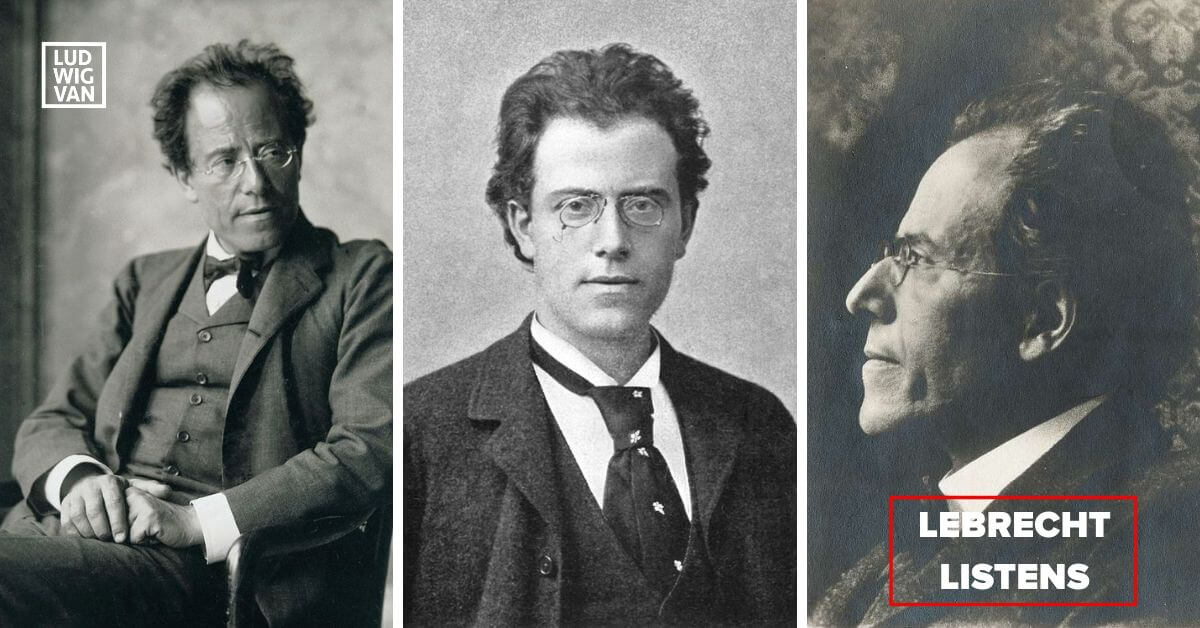
Santtu conducts Mahler (Philharmonia Records) / Mahler: Symphony No. 1 (Pentatone) / Mahler Songs (Signum)
★/★★★★☆/★★★☆☆
Although quite a few orchestras now release concerts on their own labels, the field is fraught with risk. London’s Philharmonia Orchestra has chosen Mahler’s Resurrection Symphony as its second selfie. Big mistake. The Philharmonia’s brand is largely defined by Otto Klepmperer’s 1960s Mahler performances, led by an earth-shattering Resurrection. It remains an everlasting benchmark.
The latest Mahler Second is conducted by a Finnish music director, Santtu-Matias Rouvali, who has incandescent qualities but speaks Mahler clunkily as a foreign language. The opening movement, though two minutes quicker than most, has sluggish tempi and structural frailty. Instrumental solos are highlighted at the expense of textural coherence. One of the two vocal soloists is unsure where to breathe. This performance cannot end soon enough for me. Did no one ask the conductor in rehearsal where on earth he thought this was going?
Happily, Semyon Bychkov’s Czech Philharmonic cycle shows how Mahler ought to be done. The first symphony offers a travelogue of pre-industrial forests and lakes, interwoven with human disasters. Love and death are inseparable in this landscape. Bychkov downplays the klezmer tune in the third-movement orgy to universalise the horror of men and women dancing themselves drunk after a child’s funeral. The Pentatone sound is pellucid and the Czech Phil can give any orchestra on earth a masterclass in Mahler idioms. I await each instalment of this cycle with bated breath.
Kathleen Ferrier was the first English contralto to sing Mahler with authority, followed eminently by Janet Baker and lately by Alice Coote and Sarah Connolly. All are magnificent. Connolly’s rich, deep tone on Signum Classics sets the Five Rückert Lieder in a valley of shadows, from pitch dark in Um Miiternacht to solitary dawn in Ich bin der Welt abhanden gekommen. Connolly’s Songs of the Death of Children are as heartrending as it gets, almost unbearably empathetic. The pianist Joseph Middleton maintains a therapeutic emotional balance. This experience will not leave you.
To read more from Norman Lebrecht, subscribe to Slippedisc.com.
#LUDWIGVAN
Get the daily arts news straight to your inbox.
Sign up for the Ludwig van Daily — classical music and opera in five minutes or less HERE.
- LEBRECHT LISTENS | The Best Of British In Beethoven Isn’t So Easy To Pull Off - May 17, 2024
- LEBRECHT LISTENS | Two Releases Beg The Question: Is Grazyna Bacewicz The Next Mieczyslaw Weinberg? - May 10, 2024
- LEBRECHT LISTENS | Janusz Wawrowski And The Lithuanian National Symphony Orchestra Offer Sublime Silvestrov - May 3, 2024



